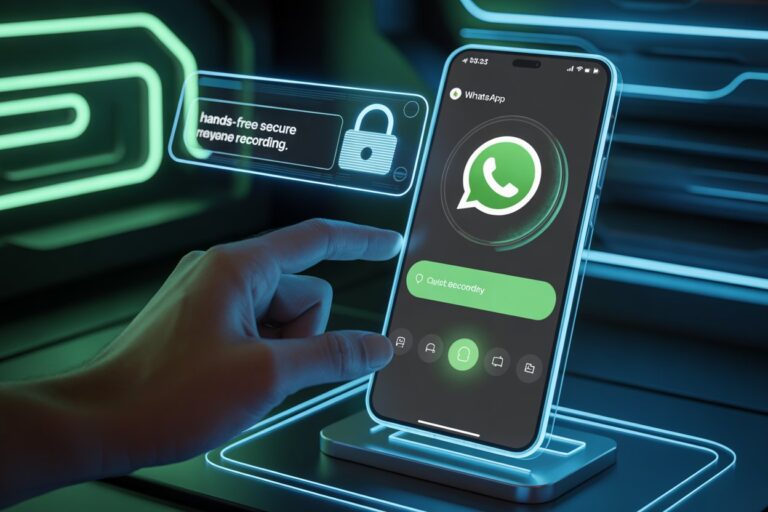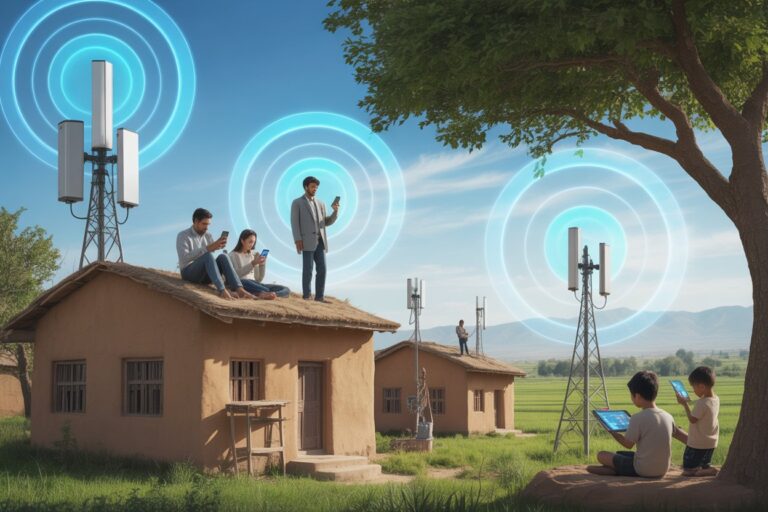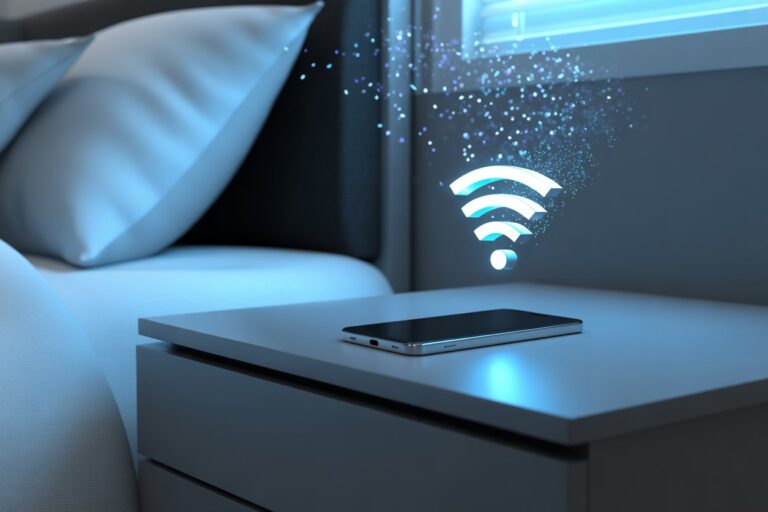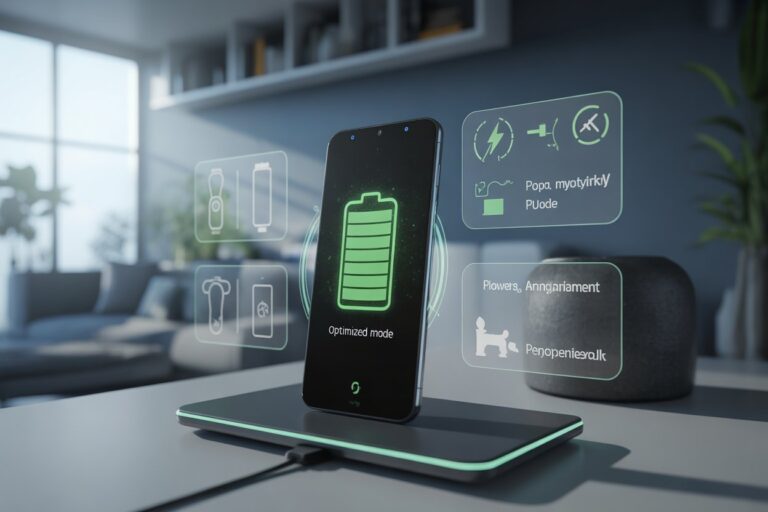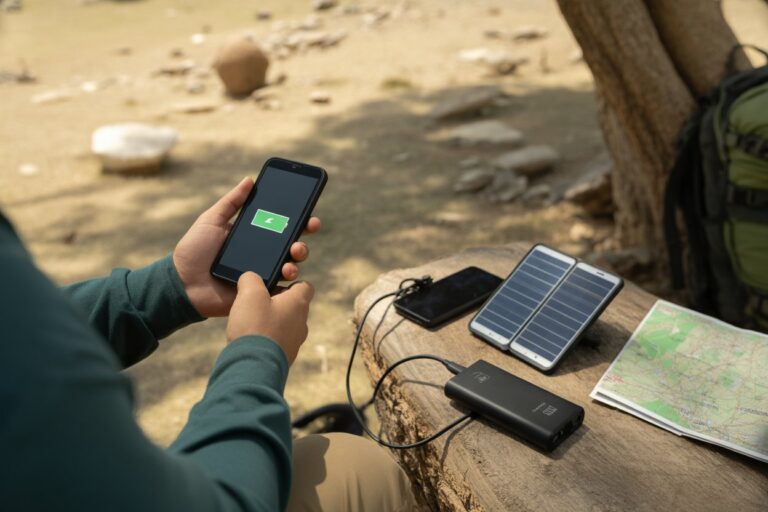Why Does Mobile Hotspot Slow After 10 Minutes on Android?
In an era where mobile internet has become an essential lifeline — especially in areas with limited broadband options — using a mobile hotspot on Android can be incredibly useful.
However, many users report a frustrating issue: the hotspot speed slows down significantly after just 10–15 minutes.
If you’ve ever searched for “Why does mobile hotspot slow after 10 minutes on Android,” you’re not alone. In this guide, we’ll break down the most likely causes of this issue and how to fix them — all while following safe, educational tech guidance principles.
Understanding How Android Hotspots Work
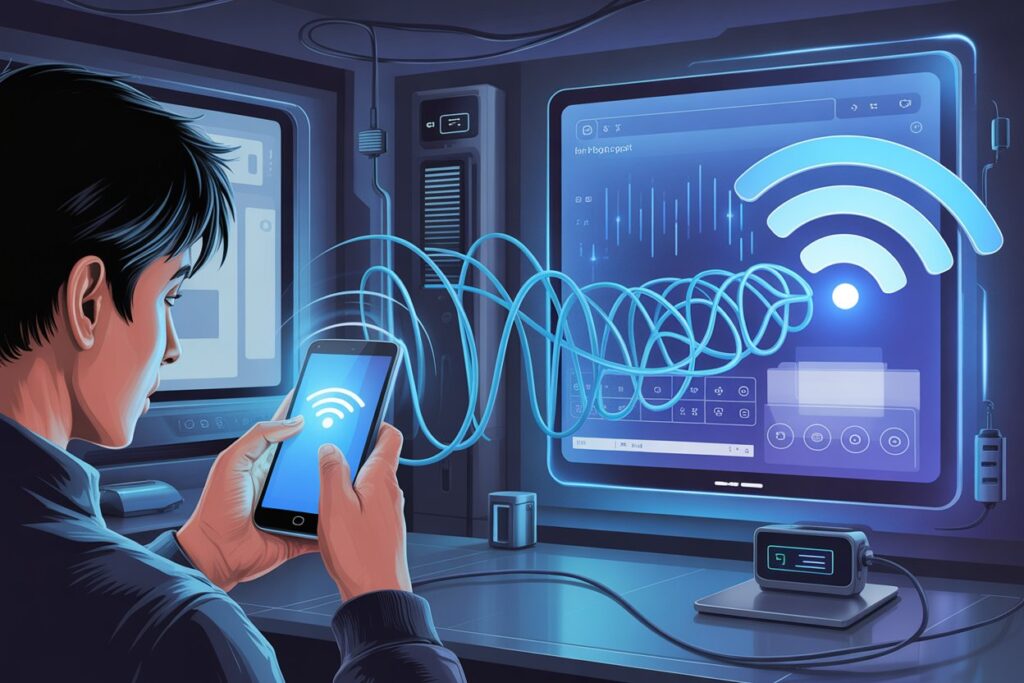
Before diving into the reasons for the slowdown, it’s important to understand how Android hotspots function.
When you enable a mobile hotspot on your Android phone, your device shares its mobile data connection via Wi-Fi, essentially turning your phone into a mini-router.
Key components involved:
- Your mobile carrier’s data network
- Your Android device hardware and battery
- The Wi-Fi module on your phone
- Devices connected to the hotspot
Common Reasons Why Your Android Hotspot Slows Down
1. Mobile Carrier Throttling
Some mobile carriers implement data throttling policies. After you use a certain amount of data, or when network congestion occurs, your speeds may be automatically reduced.
Key Signs:
- Speed drops at predictable intervals
- Network provider mentions “fair usage policy”
- Works fine on VPN, but slows down otherwise
Fix:
- Contact your carrier to confirm hotspot limitations
- Switch to plans with higher or unlimited hotspot data
2. Overheating of Your Android Device
A hotspot function is resource-intensive. If your phone heats up, it may slow down performance to prevent hardware damage, which can affect both signal quality and processing speed.
Tip:
- Keep your phone on a cool surface
- Avoid direct sunlight
- Use battery saver or performance limiter
3. Background Apps Consuming Bandwidth
On both your host Android device and the connected device (laptop/tablet), background apps may be consuming bandwidth. Windows updates, Google sync, or streaming services running in the background can eat up your data silently.
Solution:
- Disable background data usage
- Limit bandwidth-heavy apps on connected devices
- Use a data monitoring app
4. Wi-Fi Channel Interference
Your hotspot might be running on a crowded Wi-Fi channel, especially in urban areas or apartment buildings. Too many networks nearby can cause signal noise, reducing your speed after a short time.
Tip:
- Change hotspot channel in Developer Options (if supported)
- Use 5GHz band instead of 2.4GHz for lower congestion
5. Battery Saving Features Limiting Performance
Many Android devices activate battery-saving mode when a hotspot is used for an extended period. This can limit CPU performance and background network activity, slowing your connection.
Fix:
- Manually disable battery-saving mode
- Turn off Adaptive Battery temporarily during hotspot use
6. Carrier or Device-Imposed Timeouts
Some smartphones or network providers include an auto-timeout setting for mobile hotspots. This might disconnect or throttle speed after a specific period to conserve resources.
Tip:
- Check your phone’s hotspot settings
- Look for any “Timeout” or “Auto Turn Off” feature
Advanced Solutions to Improve Hotspot Speed
Use a Dedicated Hotspot Device
If hotspot use is frequent, consider investing in a portable Wi-Fi hotspot (MiFi) device that connects to your SIM card but is designed to handle extended use.
Use a VPN
Sometimes, throttling is based on traffic type. Using a reputable VPN can help bypass speed limitations, especially if you notice the slowdown happening consistently at the 10-minute mark.
Keep Your Android OS Updated
Software updates often include bug fixes for hotspot performance issues. Always make sure your Android version is up to date.
Regional Tip – Mobile Hotspot Use in Pakistan
In countries like Pakistan, where broadband coverage may be limited in rural or concrete-heavy areas, mobile hotspots are heavily relied upon. But local providers may have strict data limits or signal inconsistencies.
Local Recommendations:
- Use a signal booster to amplify mobile signal indoors
- Prefer networks like Jazz, Zong, or Ufone known for stronger rural performance
- Always monitor usage with apps like My Zong or Jazz World
Tips to Extend Hotspot Use Without Throttling
| Problem | Fix |
| Speed drops after 10 mins | Use a VPN or split hotspot sessions |
| Battery overheats | Use power-saving accessories like USB fans |
| Background apps slowing speed | Install data manager apps |
| Device limits performance | Rooted users can tweak kernel settings (advanced users only) |
People Also Ask (FAQ Section)
Q1: How do I stop my Android hotspot from disconnecting after a few minutes?
Go to Settings > Network & Internet > Hotspot & tethering > Auto turn off hotspot — disable this option.
Q2: Does mobile hotspot use more battery than regular data usage?
Yes, running a hotspot uses more battery because your device is simultaneously running cellular data and broadcasting Wi-Fi.
Q3: Can I improve hotspot speed without rooting my Android phone?
Yes. Use VPNs, data limiters, and optimize hotspot settings (like switching to 5GHz) to improve speed without rooting.
Final Thoughts
Mobile hotspots are a game-changer, especially in places where traditional internet options fall short.
If your Android hotspot slows down after 10 minutes, the issue is often a mix of overheating, data limits, or system restrictions.
By following the troubleshooting steps above — from checking for throttling to minimizing background activity — you can optimize your hotspot performance and make the most of your mobile data.
These tech tips are designed for global users, especially those in regions like Pakistan, where connectivity is often inconsistent.

